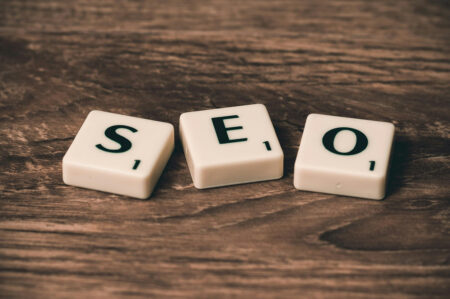Writing effective image alt tags is all about balance, you want them to be descriptive enough for accessibility and SEO, but natural enough to avoid keyword stuffing or redundancy. Below are examples of good and bad alt tags to help guide your approach.
 Example 1: Product Image
Example 1: Product Image
Good Alt Tag:
“Red women’s running shoes with white soles.”
Why it works:
It’s descriptive, concise, and relevant to the product. It includes keywords naturally without overdoing it.
Bad Alt Tag:
“Running shoes red sneakers image photo.”
Why it’s bad:
It’s awkward, stuffed with keywords, and doesn’t read naturally.
Example 2: Lifestyle or Contextual Image
Good Alt Tag:
“Runner on a forest trail at sunrise wearing wireless headphones.”
Why it works:
It provides clear, useful context that supports the surrounding content — especially if the page is about fitness gear or motivation.
Bad Alt Tag:
“Image of a person running.”
Why it’s bad:
Too vague and doesn’t convey the scene or relevance.
Example 3: Brand or Logo Image
Good Alt Tag:
“Nike logo.”
Why it works:
Short and straightforward, brand logos don’t need extra detail.
Bad Alt Tag:
“Logo of the famous Nike sportswear company that sells athletic shoes and clothing.”
Why it’s bad:
Overly long and unnecessary. The word “logo” plus the brand name is enough.
Example 4: Informational Graphic or Chart
Good Alt Tag:
“Bar chart showing quarterly sales growth for 2024.”
Why it works:
It summarizes the purpose of the image for screen readers while keeping it concise.
Bad Alt Tag:
“Sales chart.”
Why it’s bad:
Too vague, doesn’t convey what type of data or time period it represents.
Example 5: Decorative Image
Good Practice:
Leave the alt tag empty (alt=””).
Why it works:
If the image doesn’t add meaning or context, screen readers skip it, avoiding unnecessary distraction for users.
Bad Practice:
“Swirl design background image.”
Why it’s bad:
Adds meaningless noise for screen readers.
Quick Checklist for Writing Great Alt Tags
- Describe the key subject or purpose of the image.
- Keep it under 125 characters when possible.
- Write in plain, natural language.
- Include keywords only if relevant.
- Leave decorative or stylistic images blank.
An image alt tag is more than just a technical detail, it’s a bridge between visuals, accessibility, and SEO performance. Taking a few extra moments to write meaningful alt text ensures your content reaches everyone, looks professional, and ranks better in search results.
